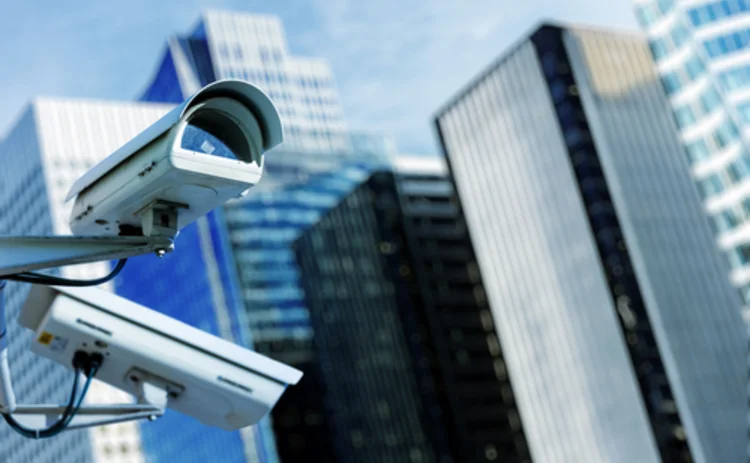
This article was paid for by a contributing third party.More Information.

Technology and regulation

Energy Risk, in association with OpenLink, presents a summary of a technology and regulation breakfast briefing held recently in London. The invitation-only event convened heads of regulation and compliance, chief technology officers, consultants and risk managers from energy companies to discuss the issues concerning the industry.
THE PANEL
Roger Burkhardt, Chief Technology Officer, OpenLink
Jeff Davis, Partner, Markets and Trading Practice, Baringa
Dean Eaves, Head of IS Marketing and Trading, Centrica
Aviv Handler, Managing Director, ETR Advisory
Martin Porter, Business Development Director, b-next
Stella Farrington, moderator, Energy Risk
Reporting
Reporting remains an area of intense interest to the industry. Many panel participants believed that the European Regulation on Wholesale Energy Market Integrity and Transparency (Remit) deadline in October was handled better than expected. But more onerous and complex reporting requirements were still to come, with the inclusion of off-venue trades from March and April.
There is still much uncertainty around the exact requirements of reporting to regulators. It is known that regulators will need transaction, order and physical data, which even seasoned financial firms are finding challenging. The complexity of the instruments only adds to the difficulty. Venue trades have simple life cycles – deal, confirmation, settlement. But over-the-counter may have dozens of life-cycle events to be reported, such as optionality and redirection. It will not be easy to fulfil regulatory requirements by April.
Internal buy-in
It has been argued that regulators may influence decisions at board level. But the panel believed that surveillance programs remain a difficult sell to top management as they can be expensive and disruptive to existing processes. The key to acquiring surveillance programs is in the skilful presentation of their effectiveness and importance to the boardroom.
The most discussed subject among the panel members was regulation. The Agency for the Cooperation of Energy Regulators has recently been flexing its muscles by imposing fines. These are likely to become more frequent as the regulator turns its full attention to investigations of market abuse. Perhaps even more damaging will be the reputational effect of malpractice – will parties want to trade with such a counterparty? Could they attract investment?
Trade surveillance can help prevent abuse and, just as importantly, it can significantly alter the way the regulator treats a company if it is investigated. By showing a regulator that a good-faith investment in surveillance has been made, and abuse has been detected before the regulator stepped in, exchanges are likely to be far less hostile.
Expense and talent
Installing a trade surveillance system across a large trading technology estate is time-consuming and expensive, although not as expensive as paying the fines for avoiding it.
The panel agreed that a company requires highly skilled personnel – with in-depth knowledge of both the energy market’s volatility and of trading surveillance – to effectively operate these complicated systems. Recruiting good staff is expected to be difficult and expensive, as looming regulatory deadlines and a stampede to hire cause a ‘talent crunch’.
Technology
Simply throwing money at a problem to solve it never works – a sophisticated approach to technology is paramount. Energy companies should not think of these systems as a conveyor belt, pulling in their data and feeding it to the regulator, with little thought as to what goes on in between.
The aim of trade surveillance is to uncover abusive trading practices, which are often very complex. If a company is serious about detecting problems before the regulator does, it needs quick and powerful search and analysis capabilities. This requires ad hoc searches across current and historical data, and the ability to spot and analyse patterns and anomalies across that data. That is no mean technological feat.
Culture
Successful trade surveillance entails forming the right attitude in personnel as much as acquiring the right technology. Instilling a culture of compliance, not complacency, in the workforce was thought to be the single most important action carried out by those at the briefing. They found it is important to ensure there is no culture of ‘if it’s not banned yet, it’s fine’. Many traders who thought that way are now embroiled in scandals such as Libor. Traders undecided about how to act on a particular trade should not be asking whether their actions are on a list of banned practices, but whether they are consistent with a fair and orderly market.
These are just a few of the technological challenges identified by attendees at the event, but it is clear they are the primary concerns of major participants in the energy trading space. But, however painful introducing a trade surveillance program might be in the short term, the long-term gains are sure to be worthwhile.
Read/download the article in PDF format
Sponsored content
Copyright Infopro Digital Limited. All rights reserved.
As outlined in our terms and conditions, https://www.infopro-digital.com/terms-and-conditions/subscriptions/ (point 2.4), printing is limited to a single copy.
If you would like to purchase additional rights please email info@risk.net
Copyright Infopro Digital Limited. All rights reserved.
You may share this content using our article tools. As outlined in our terms and conditions, https://www.infopro-digital.com/terms-and-conditions/subscriptions/ (clause 2.4), an Authorised User may only make one copy of the materials for their own personal use. You must also comply with the restrictions in clause 2.5.
If you would like to purchase additional rights please email info@risk.net